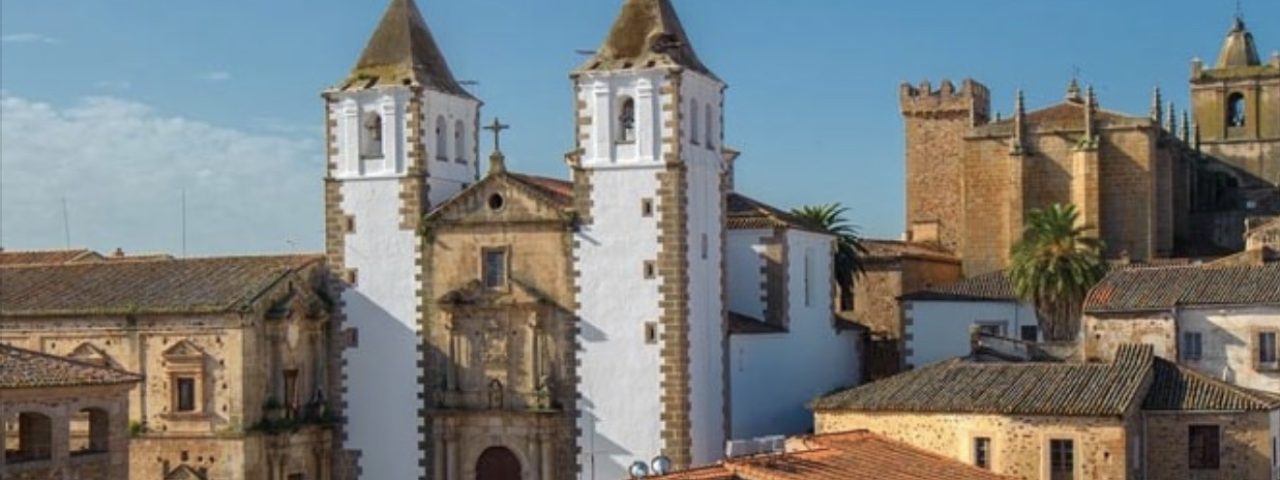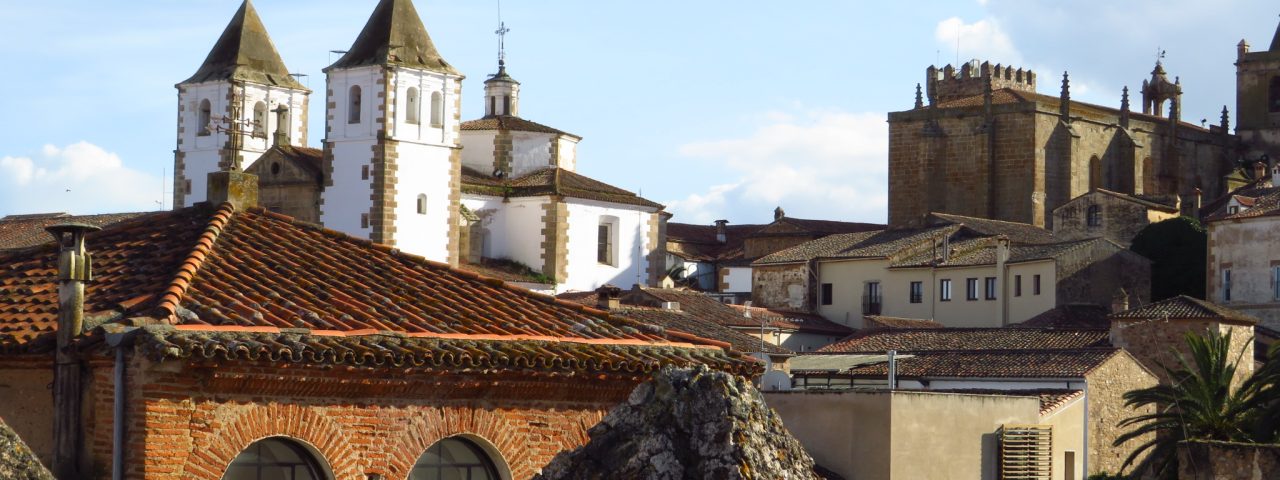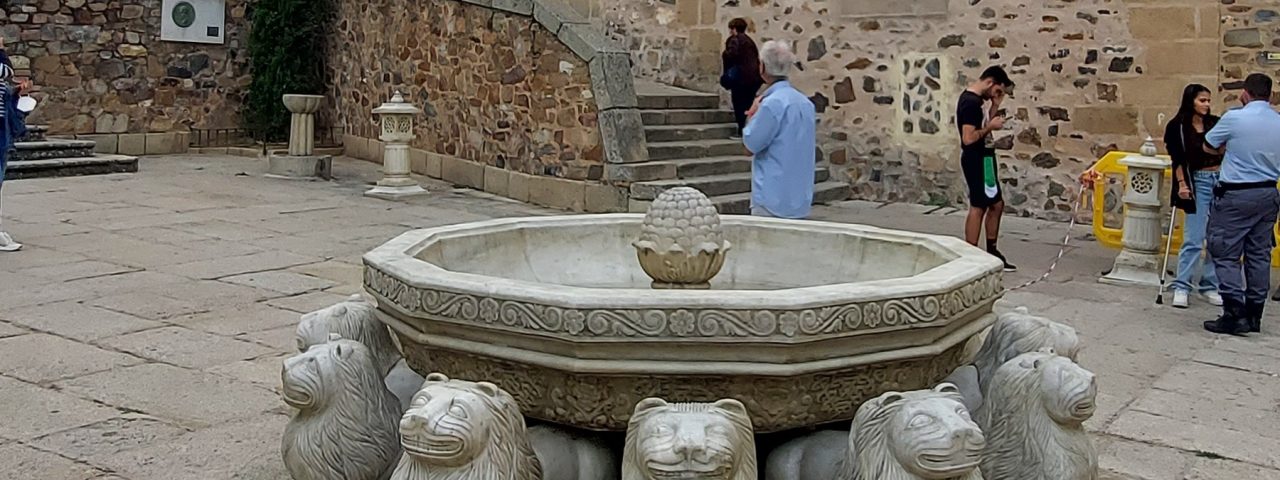Cáceres has a rich and diverse history that spans over 2,000 years, with influences from Roman, Moorish, and Christian civilizations. The city was originally founded by the Romans in 25 B.C., and its strategic location made it an important stronghold throughout history. During the Middle Ages, the city flourished under Moorish rule, and many of its current architectural landmarks date back to this period. After the Christian reconquest in the 13th century, Cáceres became a melting pot of cultures, with Jewish, Christian, and Muslim communities coexisting within its walls.
One of the city’s most notable cultural features is its well-preserved medieval Old Town, recognized as a UNESCO World Heritage site. Walking through the cobbled streets of Cáceres, visitors can see a blend of Gothic, Romanesque, and Moorish architecture, which reflects the city’s historical layers. Cáceres is also known for its lively cultural calendar, with festivals such as the Semana Santa (Holy Week) and the Womad Festival, a music and arts event that attracts international artists and visitors.
Traditions run deep in Cáceres, and visitors can expect to encounter local customs and festivals that reflect the region’s historical and religious significance. The city’s Plaza Mayor is often the heart of festivities, offering a vibrant atmosphere during celebrations and events. Cáceres also hosts various cultural exhibitions and performances, showcasing the region’s rich heritage in a modern context.





